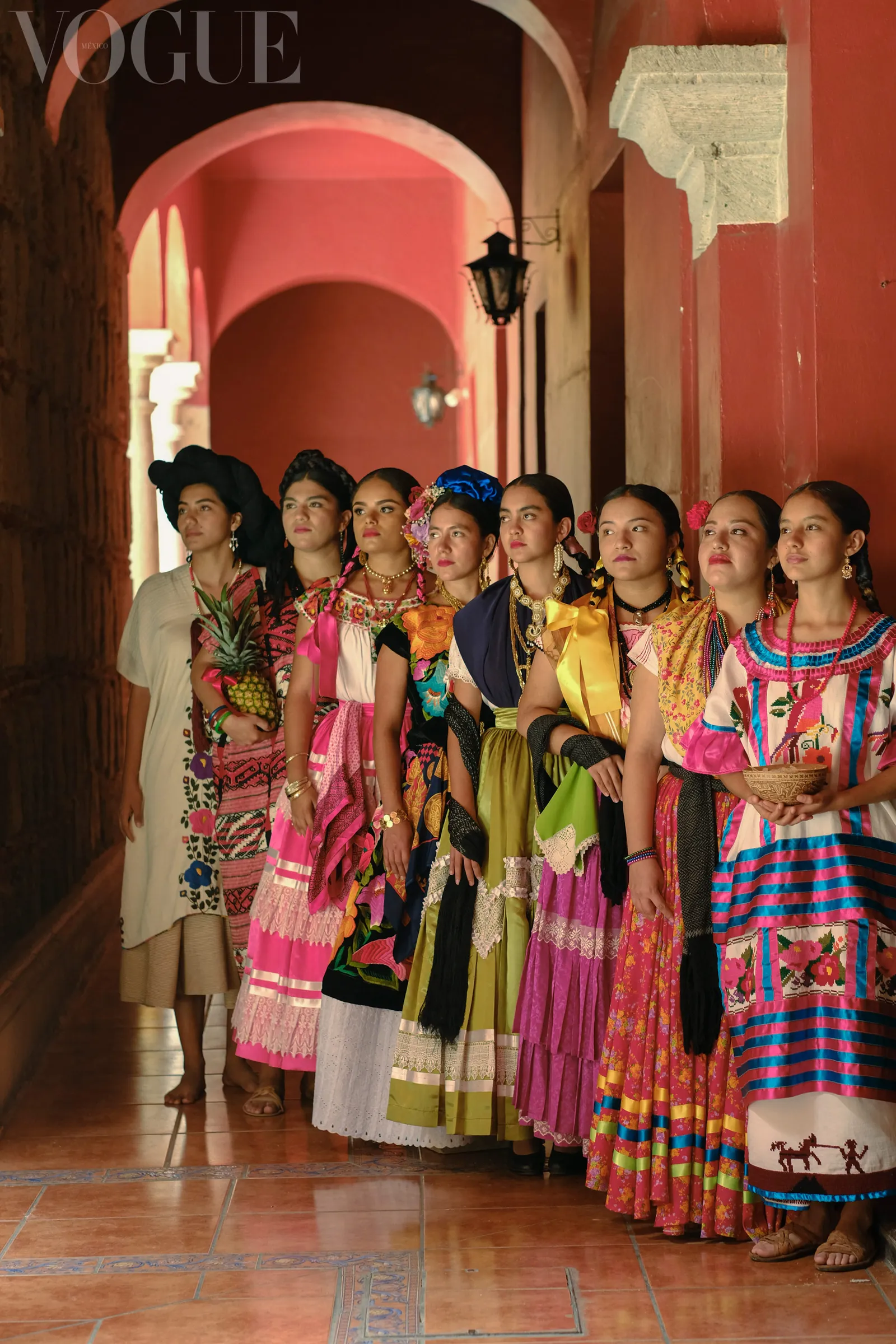Oaxaca is a vast and culturally complex state. Some 15 indigenous peoples live in its territory, each with its own culture and language. Although Spanish is spoken in Mexico, many other languages are also spoken. Oaxaca is one of the states with the greatest diversity of indigenous languages. Each is a millennial cultural legacy that deserves recognition and respect for its value.
Importance of Indigenous Languages
A language is a key element of a culture. Speech is where the way of understanding the world of a certain group of people is shown. It happens with all the languages of the world, some words exist only in one language and it is because they are necessary to express situations or experiences of a certain group of people.
For example, for Inuit, there must be many ways to call the color white because it is what they are mostly surrounded by. Or the word saudade in Portuguese that expresses a nostalgic sadness and that for its beauty is borrowed in other languages. The word “kuchisabishii” in Japanese serves to say that sometimes we eat only because “our mouth feels alone”. Or in Mexico, the word “ñáñaras” express a feeling of discomfort or disgust. In fact, in Mexico, we have many such words.
The same universe exists in indigenous languages. However, because historically they have been denigrated and relegated their speakers are increasingly scarce. For years education in Mexico was compulsory in Spanish, there was no access to education in the native language of indigenous people. In turn, people who speak an indigenous language often suffer from discrimination or abuse of their human rights because of the communication barrier.
Indigenous languages must be valued and given the place they deserve. This is the first step in recognizing the cultural richness of the original peoples and protecting them from the systemic discrimination that is given by a complex of superiority around modern languages.
That is why it is important to differentiate them from each other as a single and complete universe. For this hard work, the National Institute for Indigenous Languages (INALI) has been commissioned to study the linguistic composition of each to classify them.
Classification of Indigenous Languages
In Mexico, 68 different indigenous languages are spoken. However, within them, there is a great deal of cultural diversity, and a classification system has been used to help distinguish them all.
The structure is as follows:
Family > Group > Language
Families and groups were organized according to their linguistic characteristics.
In addition, each language can have variants. Some advocate the recognition of each variant as a language in itself, but no consensus has yet been reached.
Basic Guide to Indigenous Languages of Oaxaca
The following guide is a list of the most relevant data from the indigenous languages of Oaxaca. It is a compendium of information collected in the Cultural Information System of Mexico (SIC), which recognizes 13 indigenous languages in Oaxaca (2020); as well as the National Institute of Indigenous Languages (INALI) which recognizes 15 indigenous languages (2018).

Mazateco
- Family: Otomangue
- Variants: 16
- Speakers: 230,124
Triqui
- Family: Otomangue
- Variants: 4
- Speakers: 26, 712
Ixcateco
- Family: Otomangue
- Variants: sin variantes
- Speakers: 535
Chocholteco
- Family: Otomangue
- Variants: sin variantes
- Speakers: 460, 695
Chontal
- Family: Isolated language
- Variants: 62
- Speakers: 460,695
Mixe
- Family: Mixe-zoque
- Variants: 6 variants
- Speakers: 136, 736
Chinanteco
- Family: Otomangue
- Variants: 11
- Speakers: 133,374
Huave
- Family: Isolated language
- Variants: 2
- Speakers: 18, 264
Chatino
- Family: Otomangue
- Variants: 6
- Speakers: 40, 722
Cuicateco
- Family: Otomangue
- Variants: 3
- Speakers: 13, 425
Mixteco
- Family: Otomangue
- Variants: 61
- Speakers: 517, 665
Zoque
- Family: Mixe-zoque
- Variants: 2
- Speakers: 68, 157
Amuzgo
- Family: Otomangue
- Variants: 4
- Speakers: 57, 589
Náhuatl
- Family: Yuto-nahua
- Variants: 8
- Speakers: 12-13 mil
If you want to know more about Oaxaca, you might like reading:






















